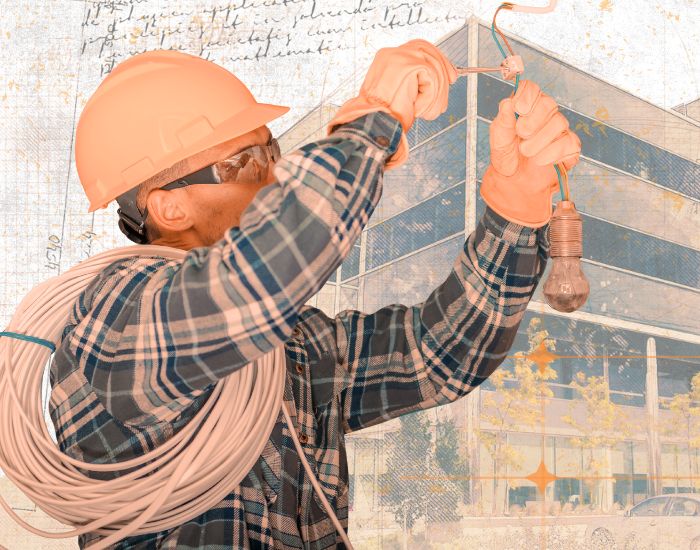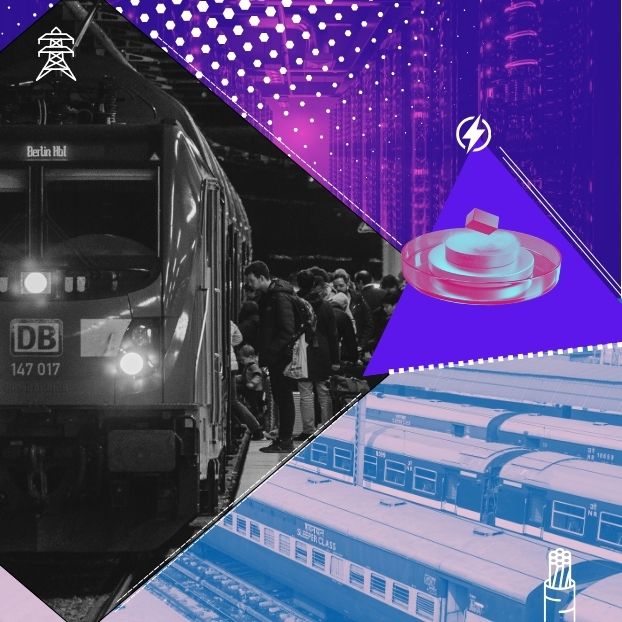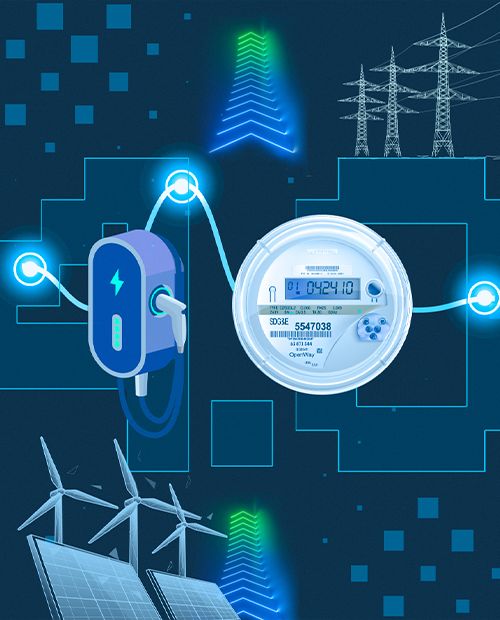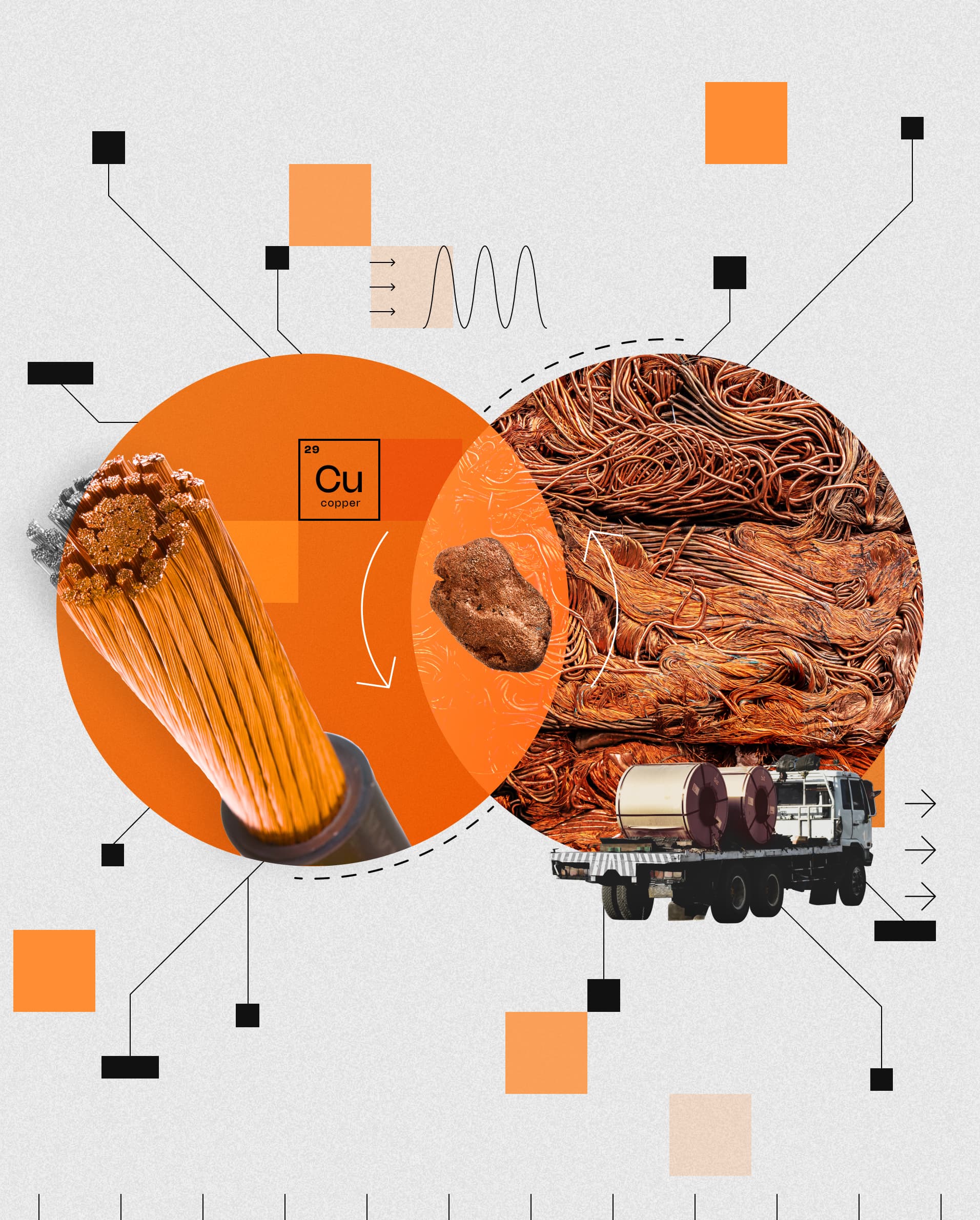Superconductivity: Powering tomorrow’s rail and data infrastructure
Electrification of tomorrow
29/10/2025
Spotlight on Superconductivity
Innovations in Accessories and Solutions
Digital disruptions transforming the electrification industry
Innovations for Electrical Transmission
Innovations for Electrical Grids
Innovations for Buildings' Revolution
10 Technologies to Electrify the Future
Access all series
Top article
Electrification of tomorrow
31/10/2025
Discover how Rexel and Nexans are joining forces to make sustainable electrification a reality. In this interview, Grégoire Morineaux, Director of Innovation, Strategy & Procurement at Rexel France, shares how shared innovation, field proximity, and simple, effective solutions are driving the energy transition forward.
Together, Rexel and Nexans are bridging industrial expertise with real-world needs — accelerating the adoption of smarter, low-carbon, and connected electrical solutions that make the energy transition tangible.
Read the article and watch the interview to see how collaboration powers sustainable electrification.

Article
Serie : Spotlight on Superconductivity

Electrification of tomorrow
29/10/2025
Article
Serie : Spotlight on Superconductivity

Renewable energies
07/10/2025
Article
Serie : Spotlight on Superconductivity

Electrification of tomorrow
15/09/2025
Infography

Digital transformation
03/07/2025
Article

Electrification of tomorrow
16/07/2024
Article

Renewable energies
10/06/2024
Article

Circular economy
23/10/2024
Infography

Circular economy
04/09/2024
Article

Circular economy
08/11/2023

Perspectives presents our innovation series, exploring major energy challenges and showcasing how Nexans innovates every day.
See all series